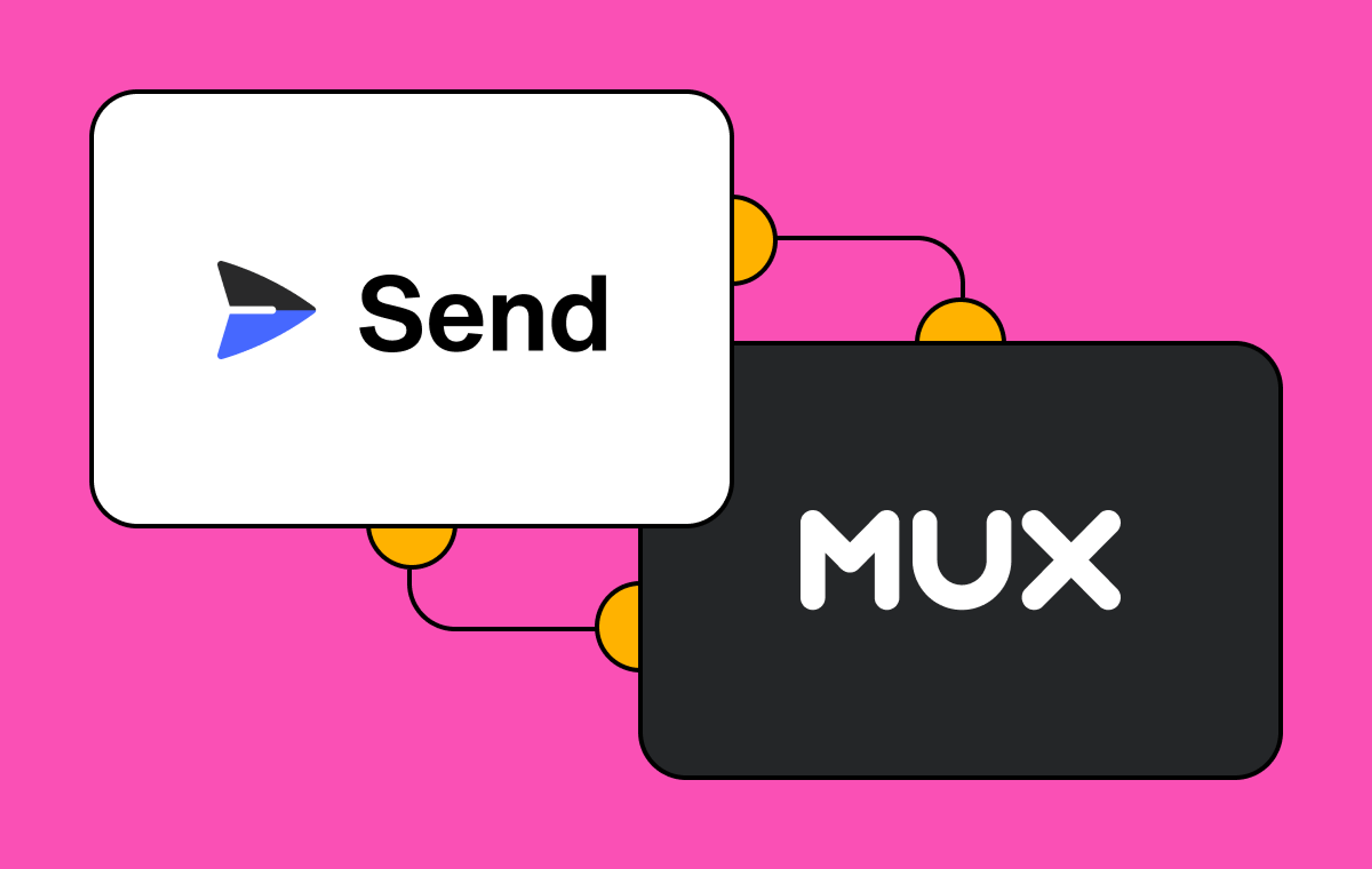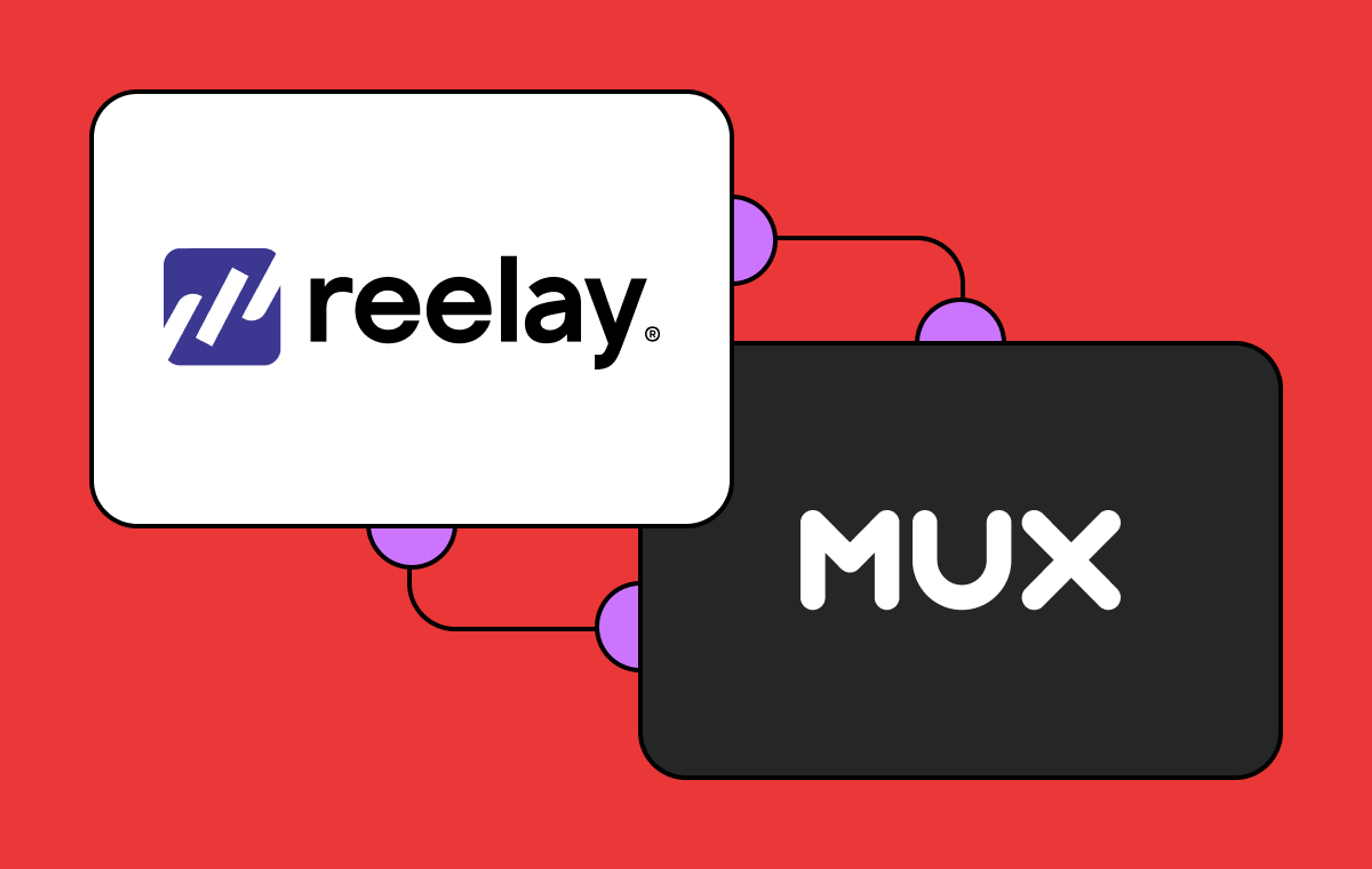The pairing of voice, tone, and imagery creates a level of connection that's truly unique to the medium of video. Glassdoor is tapping into that unique value with a brand new video feature which brings a new way for their community to engage with workspaces and each other. This new feature helps Glassdoor achieve their goal of creating authentic connections for their users.
We chatted with Ilya Starostin, Sr. Engineering Manager, about how they approached building video into their application and how Mux slots into their overall infrastructure.
Read through our conversation below:
Tell us about yourself and what you do at Glassdoor
I've spent the last 17 years in the software engineering industry, leading and being a part of various engineering teams — ranging from large, multi-platform teams to more specialized high-performance ones. I have deep experience in architecture and system design, along with hands-on development expertise across mobile, web, and backend platforms. During the past 10 years, I've been fortunate to lead products to commercial success, and I’m currently proud to be part of the Glassdoor family, where I lead the community backend team.
What are you building with video?
Glassdoor has been focusing on creating community features that enable users to connect authentically and anonymously with professionals in their company, industry, and beyond.
We have been working on making the community experience even better and more robust by introducing new and different ways for users to communicate with each other, including the ability to create video posts. With this new ability, Glassdoor Pro users can create posts with video content recorded directly from their mobile devices, and other users will have the ability to engage with this content.
What was the main reason that made you choose Mux?
We analyzed multiple vendors before we chose Mux. Many weren’t a fit because their pricing model wasn’t fully suitable for what we were trying to achieve. Others seemed to be not as reliable since they were streaming content from a centralized data center (compared to Mux who use multiple CDN providers with edges all around the globe).
What helped us to make a final decision was direct feedback from engineers across the backend, web, iOS, and Android teams. After a very in-depth evaluation, our team loved the Mux API, SDKs, and Player components. Compared to other vendors, the Mux API looks and feels modern and very easy to use.
If there was a moment when using Mux that you knew you made the right decision, when was it?
We got quite a lot of support from the Mux team and Erik Peña (Mux Solution Architect) specifically. The team was very proactive in supporting the Glassdoor team during the whole development cycle: developers had direct access to Mux devs, we had weekly meetings, etc. This high level of support was indicative of the strong partnership between our companies.
What’s been the best part of the development process?
The best part was how easy it was to work with the documentation and SDK — we managed to develop architecture on the backend side and made the first internal PoC implementation (which was fully functional) in less than one month. Usually, developers have tons of questions during the integration with third parties, and this was just not the case with our Mux integration.
I also want to highlight that the architecture on the Mux side allowed us to connect things like native mobile apps, web, existing backend stack, Mux, and Hive in a transparent and direct way.
Did y’all ever consider building this technical implementation yourself? What made you decide not to take that on?
Yes, we did! We actually did a deep investigation and scoping for the possibility of building such a system ourselves. The option we were considering was to use AWS as a platform and utilize AWS MediaConvert + Lambdas for video encode engine, S3 for file storage, and CloudFront OR Cloudflare as CDN provider. However, after the evaluation, we identified several concerns that led us to partner with Mux instead:
- In-house implementation is usually cost-effective only on scale, especially if you include dev cost for maintenance
- We had quite a short timeline to build the whole solution
- A “smart encoding” — the ability to start streaming video that is still not fully encoded — an in-house solution would require building this as an additional thing on the top
- Finally, even though the Glassdoor engineering team is super strong, we don’t have existing experience in making a video-hosting product at scale
Now that development is finished, I feel good about the decision we made, and I am looking forward to seeing how Mux technology can scale with Glassdoor in the future.
A huge congratulations (and thank-you) to Ilya and the Glassdoor team on their launch!



